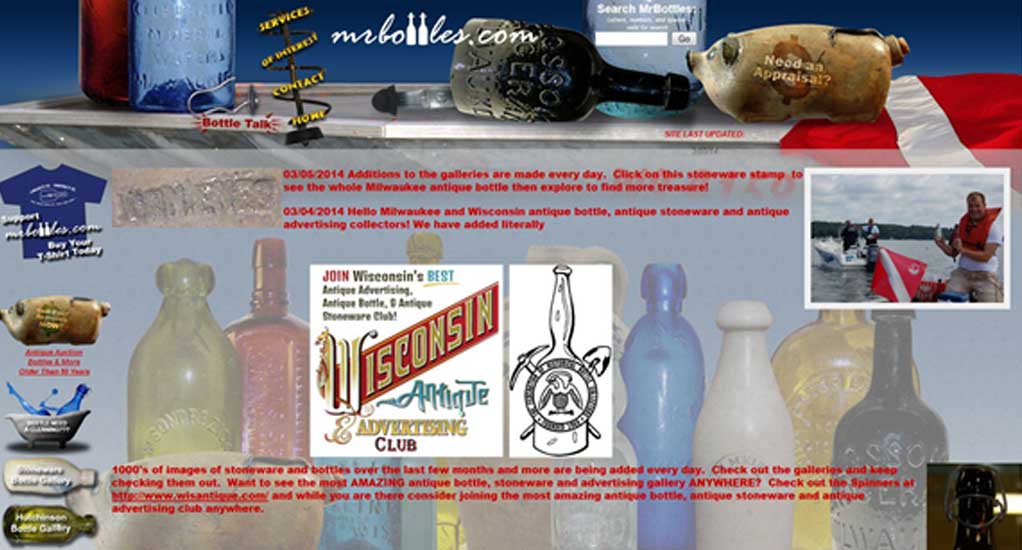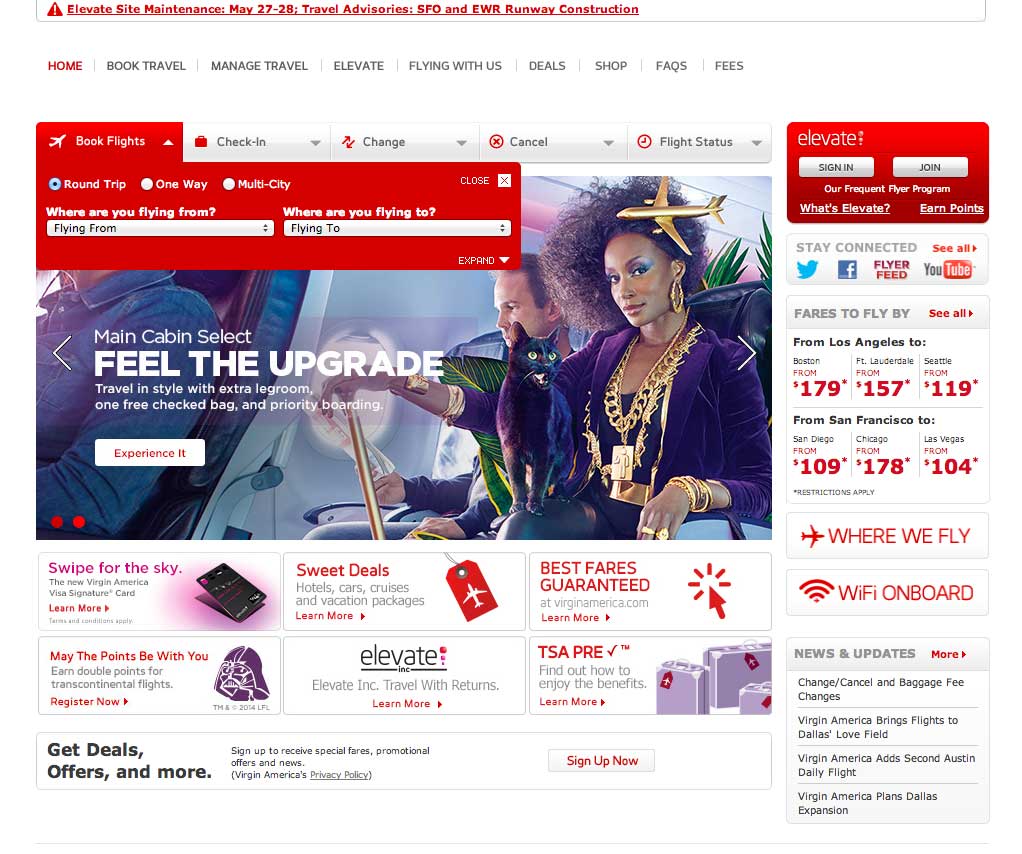Designing Business Websites
How can your business grow its online presence? By creating a website that acts more like a powerful business tool than an informational pamphlet. No, I’m not talking about a DIY website from Squarespace or Wix, but rather a real, well-crafted web design that captures the audience and lets them interact with your company in a meaningful way. After all, the most important thing is to convert visitors into customers. A good corporate website lets the owner and the user get what they want!
So how can you, as a business owner, ensure that you get what you pay for? What are the most important elements in the creation of a corporate website? Here are the steps to effective design for business websites:
Simplify your website
There are so many people who think that more is better. More promotions, more slides, more images, more sales, and the list goes on. The number one, most Important thing on a corporate website is simplicity! Users must be able to find what they are looking for within seconds of landing on your site. Are you a photographer? A user must see a link to your portfolio right away. Are you a consultant? Users must see a showcase of your best clients instantly. Are you a car dealership? Make your phone number and email address easy to find! I could keep going, but I think I’ve made my point. When a user is browsing your site, if there is too much clutter, they will get lost and eventually give up. Take a look at this website below. Do you know what it is that they do and how to contact them? Try and find out in less than 5 seconds.

What about this one?

In the example above, simply because they list dozens of destinations, prices and promotions, doesn’t necessarily mean I care, want to know or need to know. When I travel, I won’t pick a random destination like Fort Lauderdale simply because it’s listed on the homepage. I’ll likely have a destination in mind. Therefore, the area above-the-fold on the homepage should be (in my opinion) a large “Where would you like to go?” search box, a logo and a phone number I can call for assistance. The rest is useless.
Provide easy access to contact information
Speaking of de-cluttering, note that even though open and clean is nice, it’s important to remember that all the essentials are there. For most companies, the essentials are their logo, phone numbers, email addresses, and in some cases, addresses. For e-commerce stores, it should be very easy to ask a question, or process a refund.
All these things should be in the header or the footer of the site. It’s very common for a user to scroll right to the bottom of the site to find the contact information, so always have it in your footer if it’s essential to the success of your business.
Design with conversion optimization in mind
What good is a website if no one converts. I once helped a business who had 2000 monthly visitors and no sales. Why? Bad optimization (and several other factors). The navigation was extremely confusing. The users had no idea how to sign up, and even when they did, they didn’t know how to log in. Instead of being a simple, one-click shop and buy, the process turned so complicated that everyone just abandoned their carts. A clear and focused navigation is key.
The other major factor in conversion optimization is guiding the user’s eyes. Use directional lines and colors to point the users to where you want them to go. Have strong call-to-actions that use contrasting colors to pop-out from the rest of your design.
Make it responsive
This is a no-brainer by today’s standards. More than half of Internet users use mobile devices to browse, and that number keeps growing. Seniors using tablets is also one of the biggest growing demographics. For a business website to be successful, it needs to be responsive, meaning it adapts to all mobile devices automatically.
Responsiveness is now also a metric in Google’s ranking algorithm. Many companies live and die off leads, and Google’s organic search is a great way to get new business. If your website isn’t responsive though, good luck getting a significant listing.
Call a professional web designer
Designing a corporate website is a fine science. It’s using content, branding and imagery to leverage a brand above their competition. Play it safe. Don’t take on work that could potentially harm your business’s online presence.
Leave it to a professional with hundreds of web projects under his belt.
